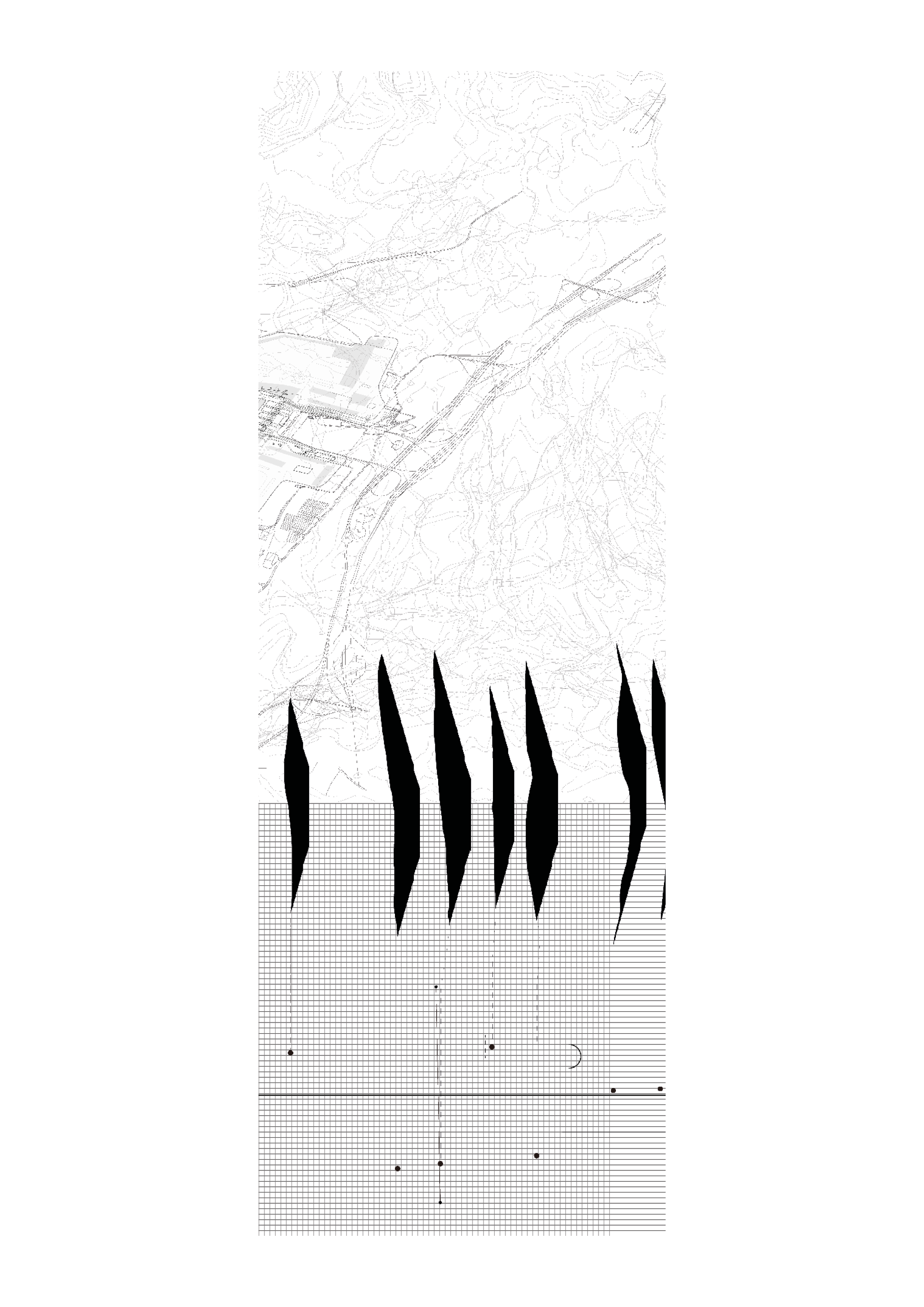71 Sections along the Istanbul Canal
With the graduation studio Borders&Territories TU Delft we have been invited to join the ‘Weaving Worlds’ exhibition in Het Nieuwe Instituut! The exhibition runs from 09/05/2023 until 15/06/2023 and can be found in Gallery 3 of HNI. In the exhibition B&T presents its continued efforts to investigate and map the thick surfaces in and around the Eurasian continent, with a particular focus on the territories adjacent to the New Silk Road and understanding that these are constituted by a set of superimposed, highly complex and differentiating spatial regimes. Furthermore, the 4 maps from the current generation of the B&T studio aim to map transforming territories in an attempt to understand contemporary spatial-material practices that shape the environment. The team I was part of focused on investigating of the role of infrastructure networks in the Marmara Sea region. The map investigates the proposed Istanbul Canal project by dissecting its hypothetical connotations as well as the projected land transformations it will engender.
The map “71 sections along the Istanbul Canal” investigates a hypothetical project that is to be implemented in the area by dissecting its hypothetical connotations as well as the projected land transformations it will engender. Consequently, infrastructural elements and their inherent territorial transformations are represented by the relationship that unifies them. This is the core principle in the production of the map. The map describes the Istanbul Canal through three different representational techniques: disrupted plan (topography, water bodies, infrastructural systems), section (excavated soil) and graph (notational design of the infrastructural system). On the upper half of the map the impact of the sections on the territory is distorted and warped to highlight the territorial impact the canal imposes. In contrast the bottom half of the map is represented as a graph with a notational system, which takes measure of the same impact depicted in the top half.
More info here: https://nieuweinstituut.nl/en/projects/weaving-worlds?fbclid=PAAabpiJZLnYMVLMPZZ9dWooR54_uYFd34ga0IMkKjkaTvgxGwxgZ8zPt8QKQ



